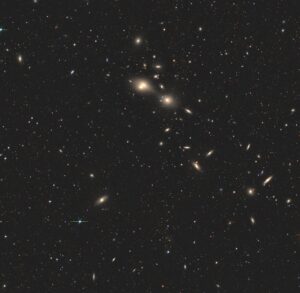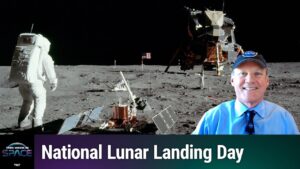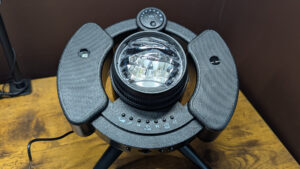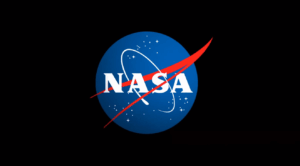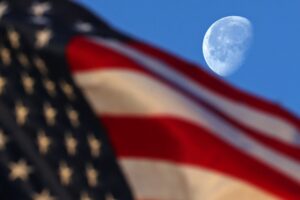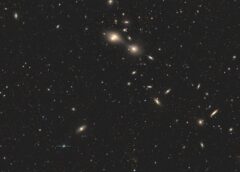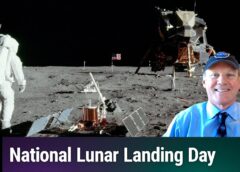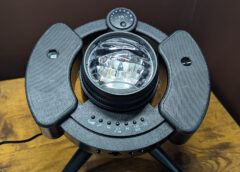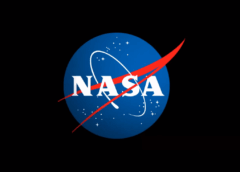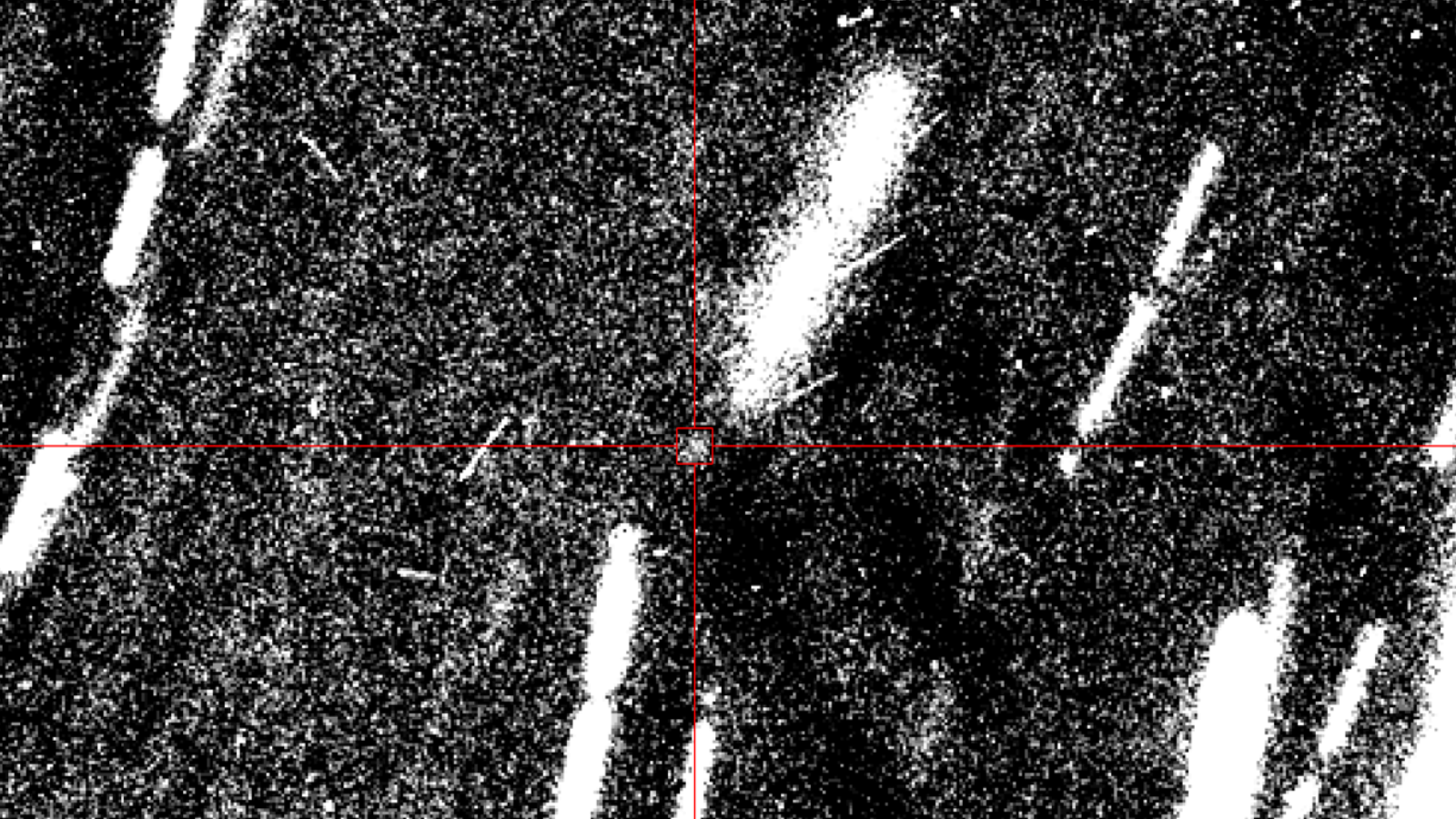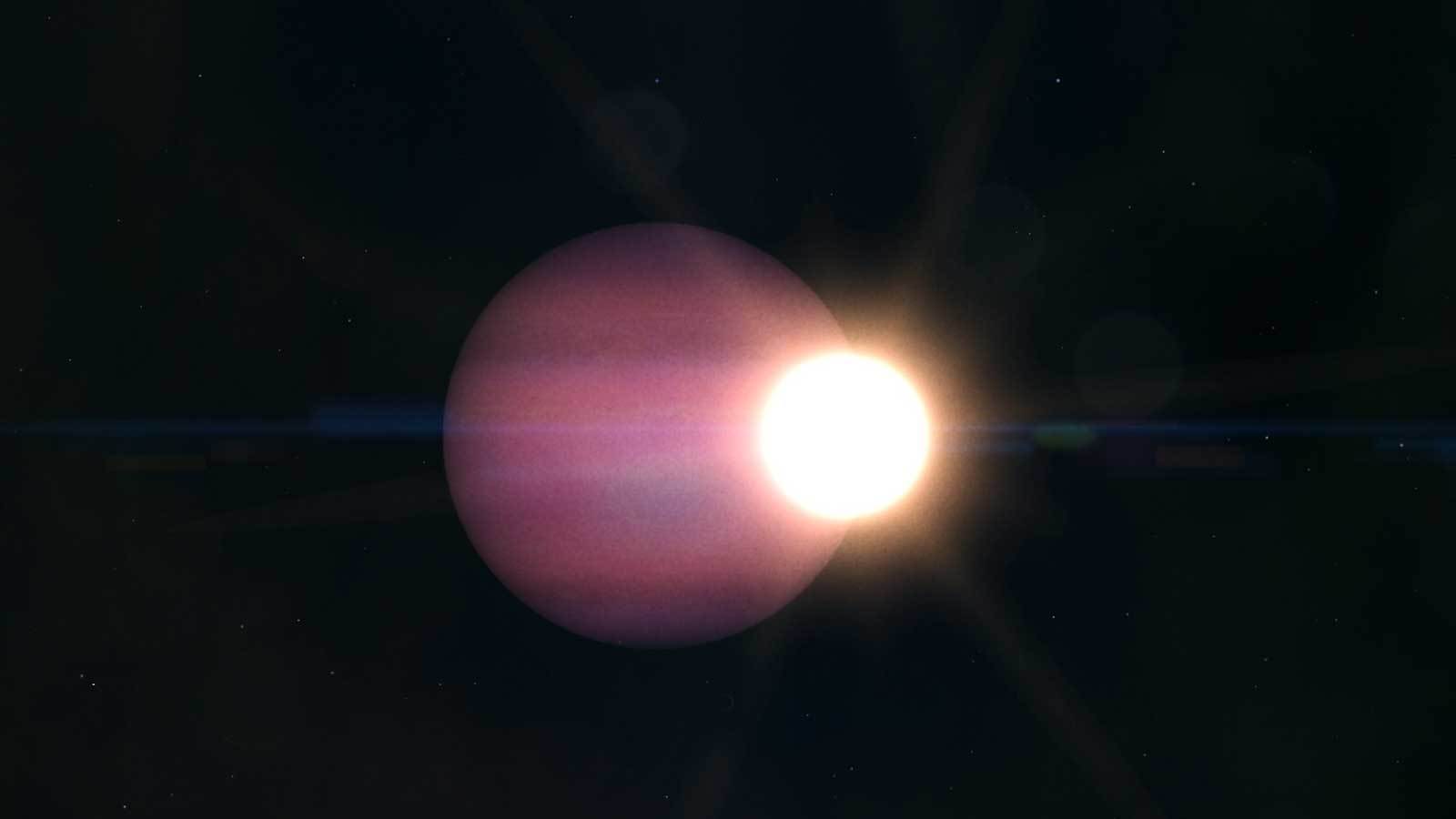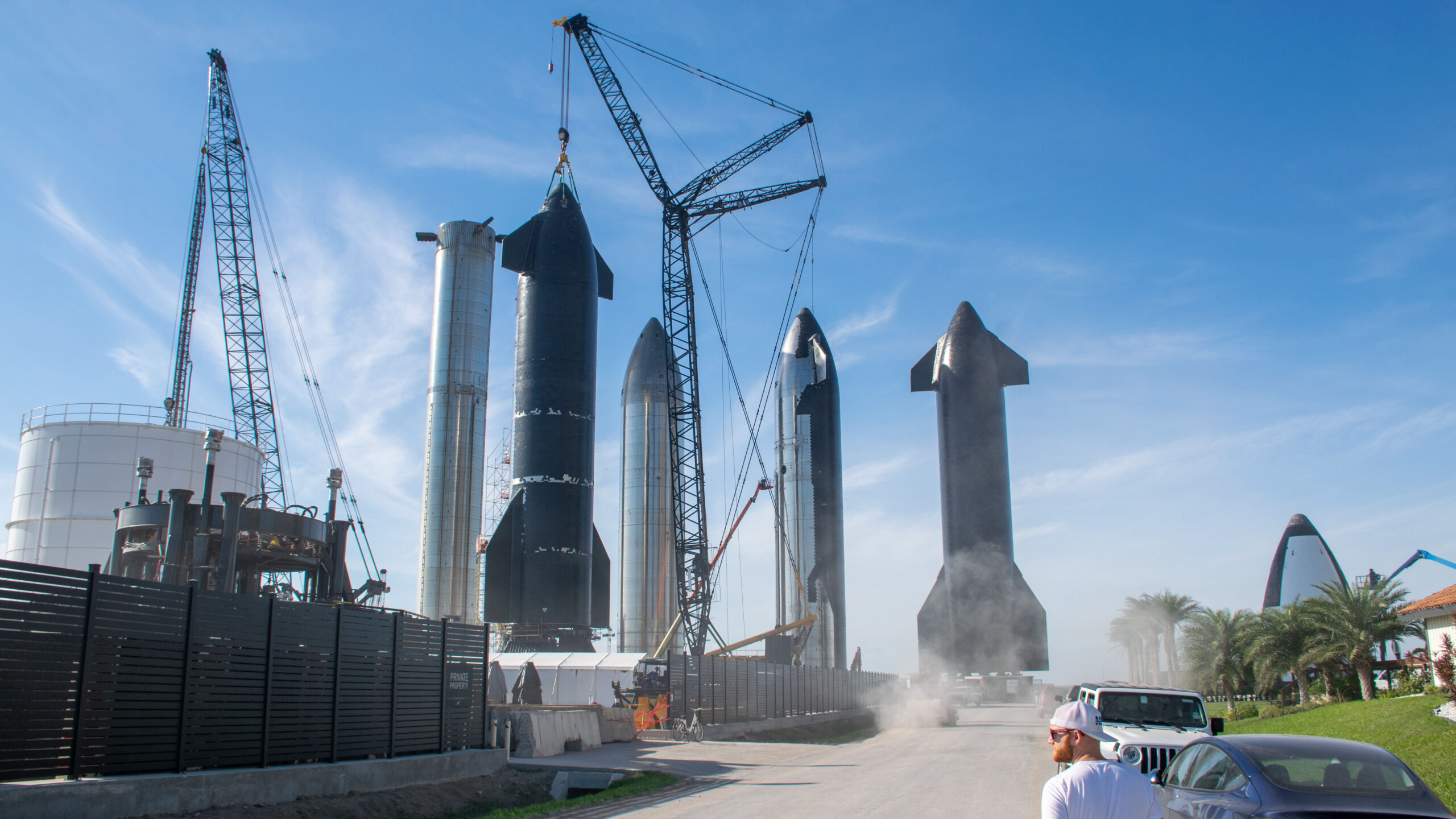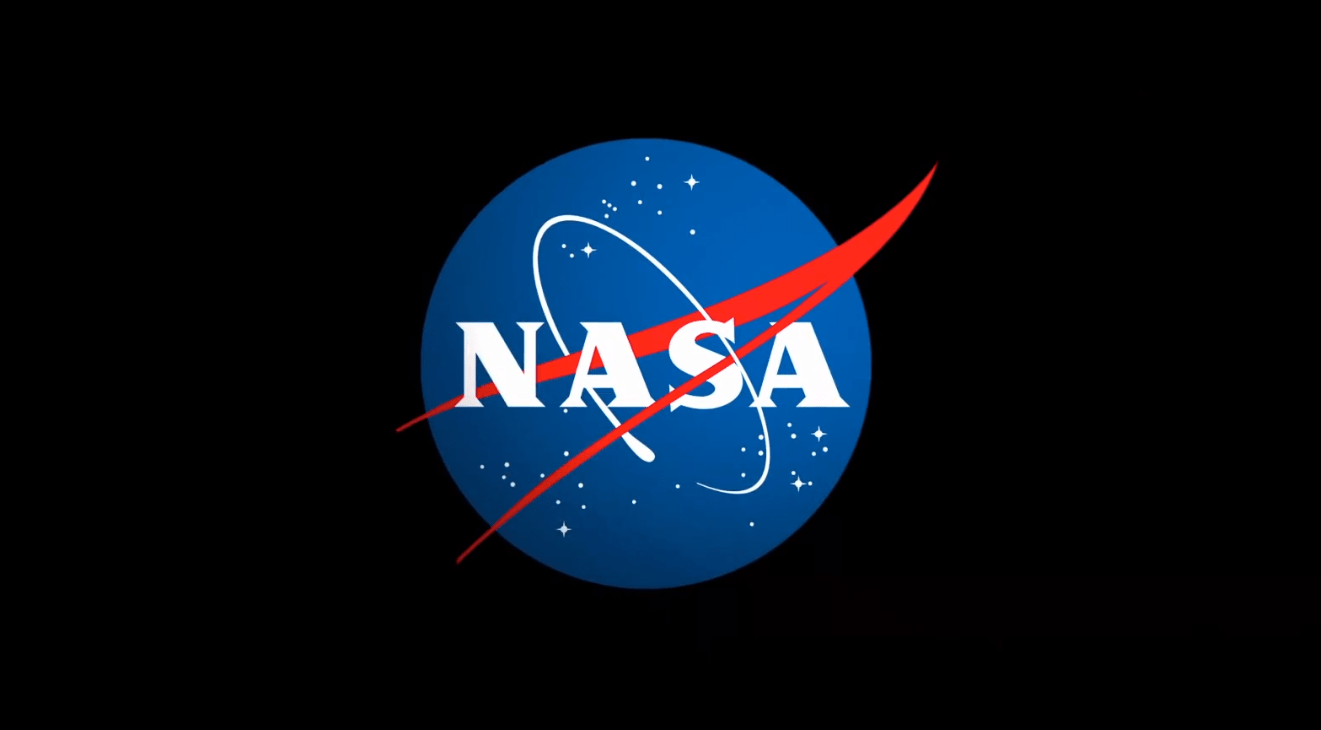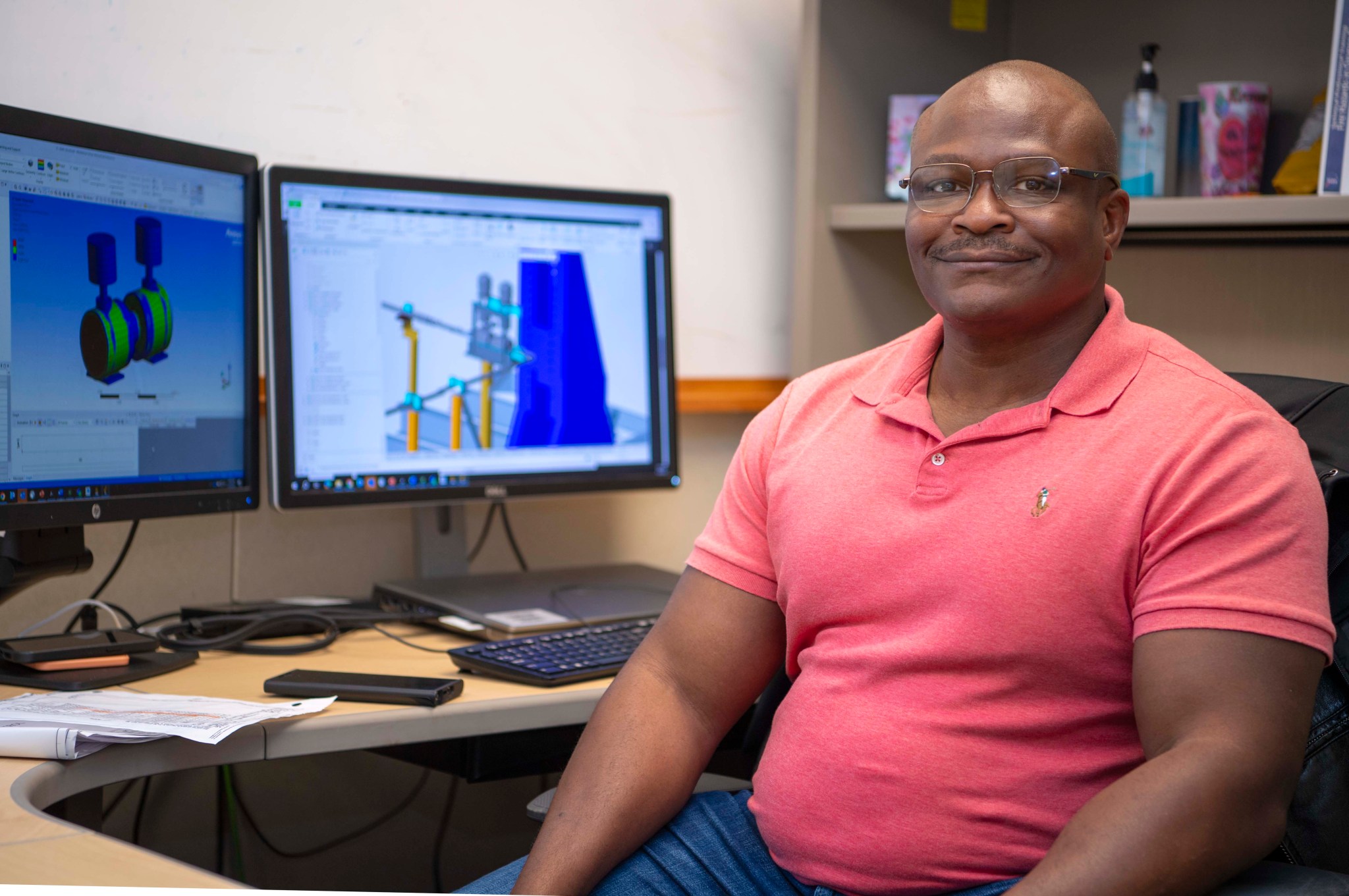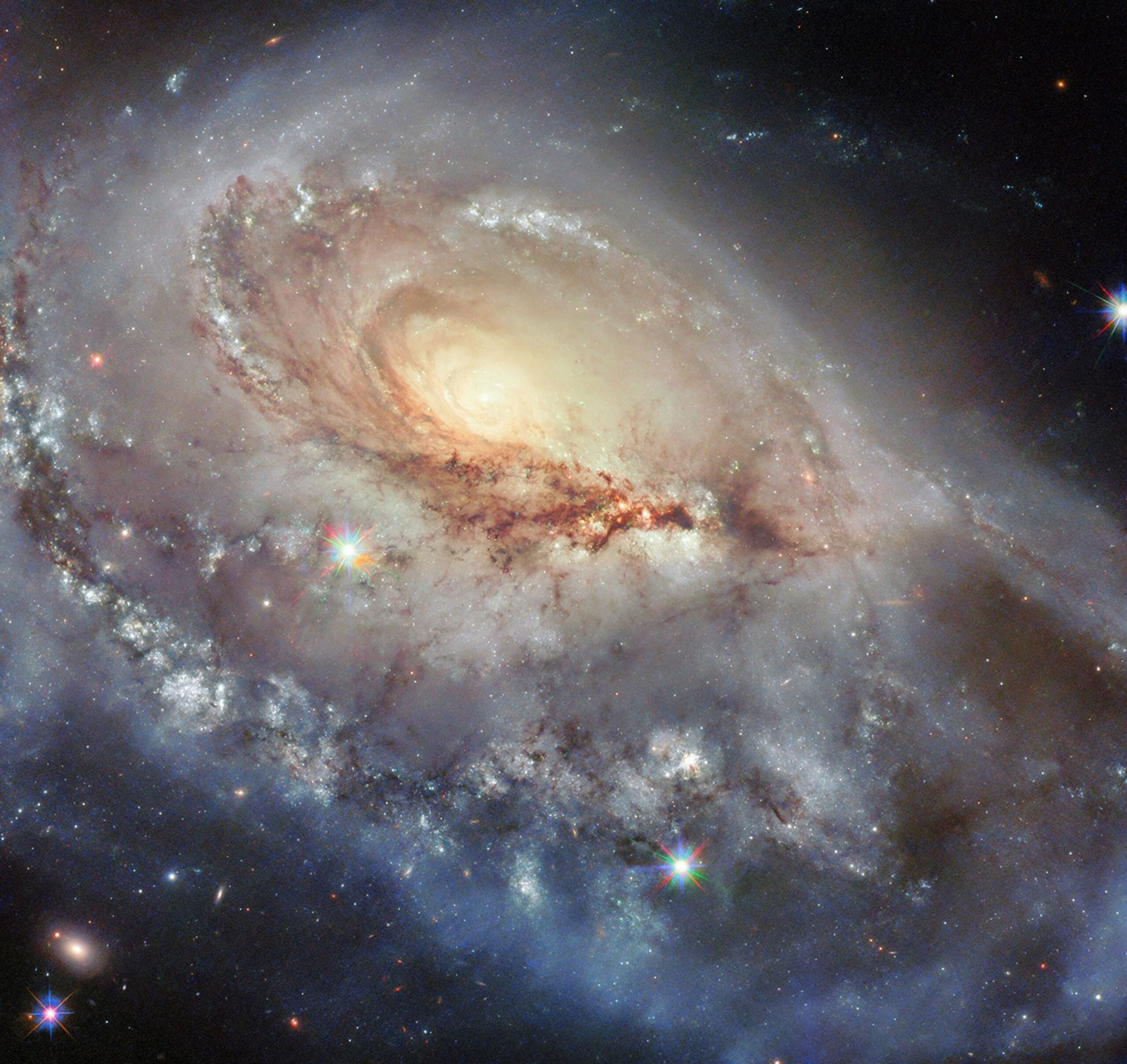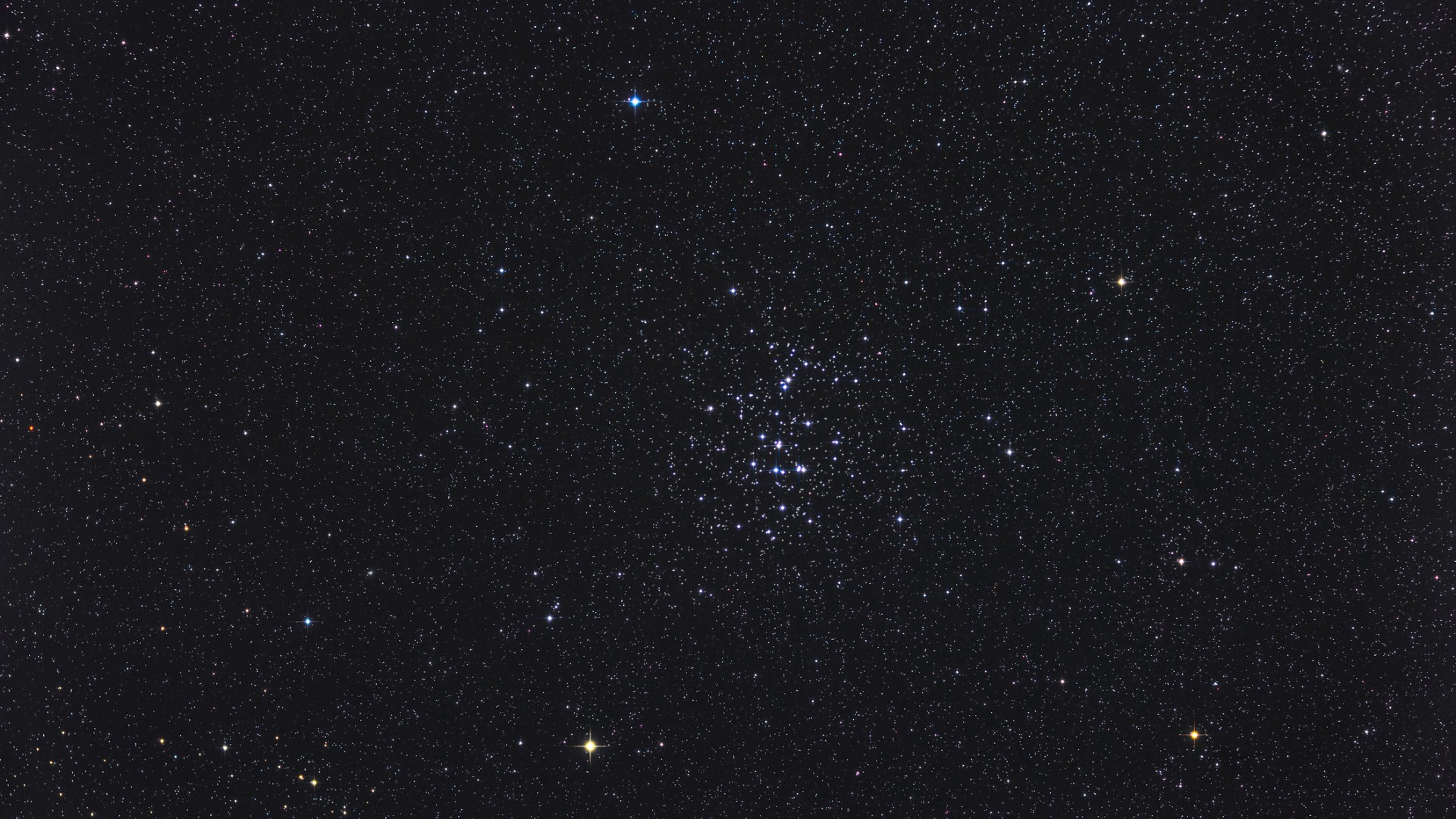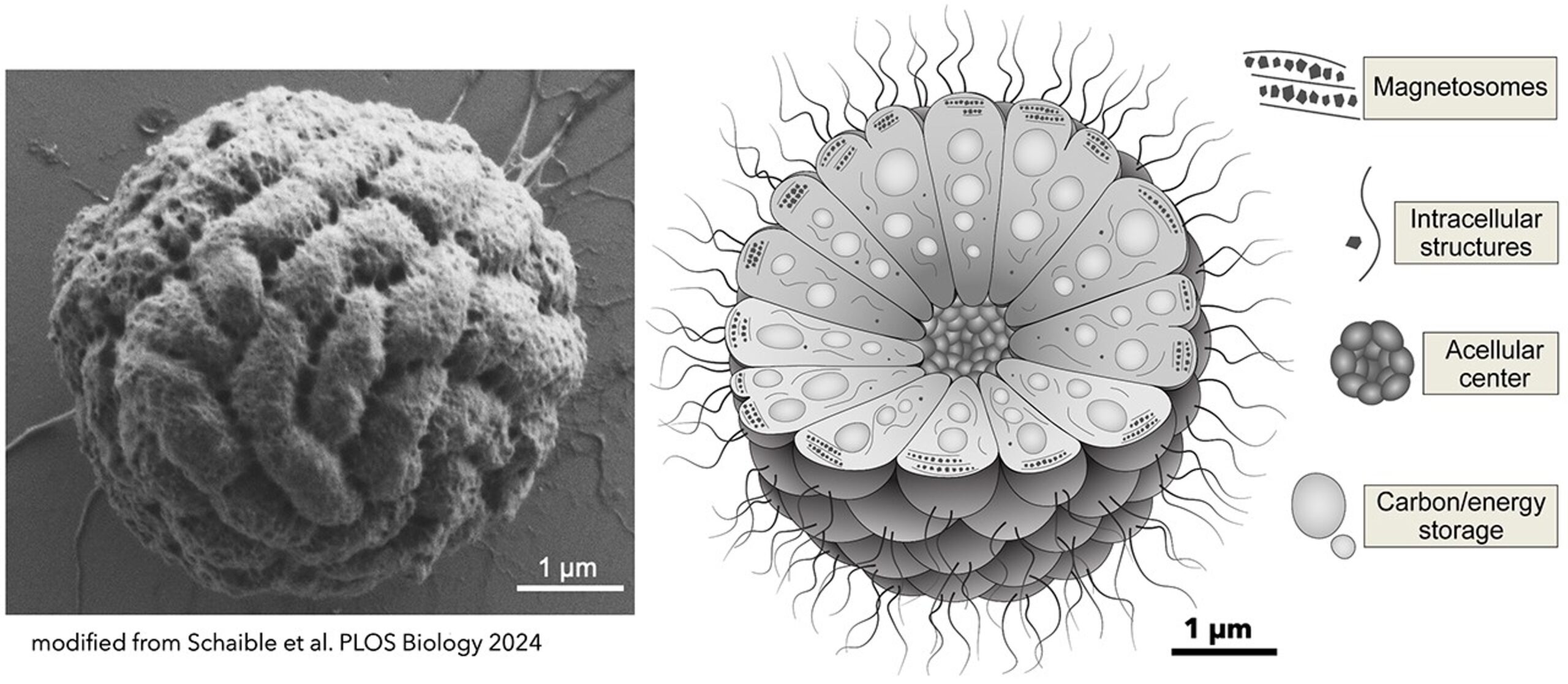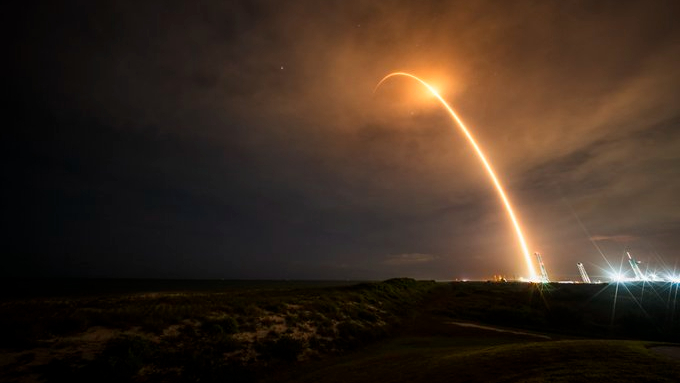Earth’s minimoon may be a chip off the old block: New research suggests that 2024 PT5 — a small, rocky body dubbed a “minimoon” during its discovery last year — may have been blown off the moon during a giant impact long ago, making it the second known sample traveling near Earth’s orbit. The discovery hints at a hidden population of lunar fragments traveling near Earth. “If there were only one object, that would be interesting but an outlier,” Teddy Kareta, a planetary scientist at Lowell Observatory in Arizona, said…
Read MoreJames Webb Space Telescope finds coldest exoplanet ever seen, and it orbits a dead star
Astronomers using the James Webb Space Telescope (JWST) have detected the first planet seen orbiting a dead star, offering new insights into how planets evolve during the final stages of a star’s life. The James Webb Space Telescope‘s observations of the exoplanet, named WD 1856+534 b, also confirm it is the coldest exoplanet to date, which could pave the way for the first detailed atmospheric studies of gas giant exoplanets and help us contextualize our solar system on a cosmic scale. “We were all a bit surprised — and excited…
Read MoreWill SpaceX’s Starbase become a city? Voters will decide on May 3
SpaceX could soon have its own city in South Texas. In December, Elon Musk‘s company submitted a petition requesting an election to potentially incorporate its Starbase site — the manufacturing and launch hub for its new Starship megarocket — as a city. And now the time has come: The election will be held on Saturday (May 3). If you’re expecting some late-night vote-counting drama, you’ll probably be disappointed. You may like “The election is likely to go Musk’s way. That’s because most of the voters work for him,” wrote Lauren…
Read MoreBack to Earth
NASA/Jonny Kim The Soyuz MS-26 spacecraft is pictured backing away from the International Space Station shortly after undocking on April 19, 2025. Three hours later, the spacecraft landed in Kazakhstan, returning astronaut Don Pettit and cosmonauts Alexey Ovchinin and Ivan Vagner to Earth. While aboard the International Space Station, Pettit conducted hundreds of hours of scientific investigations, including research to enhance on-orbit metal 3D printing capabilities, advance water sanitization technologies, explore plant growth under varying water conditions, and investigate fire behavior in microgravity, all contributing to future space missions. Image…
Read MorePresident Trump’s FY26 Budget Revitalizes Human Space Exploration
Credit: NASA The Trump-Vance Administration released toplines of the President’s budget for Fiscal Year 2026 on Friday. The budget accelerates human space exploration of the Moon and Mars with a fiscally responsible portfolio of missions. “This proposal includes investments to simultaneously pursue exploration of the Moon and Mars while still prioritizing critical science and technology research,” said acting NASA Administrator Janet Petro. “I appreciate the President’s continued support for NASA’s mission and look forward to working closely with the administration and Congress to ensure we continue making progress toward achieving…
Read MoreNASA Stennis Employee Contributes to Innovative Work
Robert Williams is a senior mechanical design engineer and the structures subject matter expert in the Engineering and Test Directorate at NASA’s Stennis Space Center. NASA/Danny Nowlin Living up to, and maintaining, the standard of excellence associated with NASA is what drives Robert Williams at NASA’s Stennis Space Center near Bay St. Louis, Mississippi. A native of Gulfport, Mississippi, Williams said he has had the opportunity to work with and be mentored by “some truly exceptional” engineers, some with careers reaching back to the Apollo era. “I cannot overstate the…
Read MoreHubble Images a Peculiar Spiral
Explore Hubble Hubble Home Overview About Hubble The History of Hubble Hubble Timeline Why Have a Telescope in Space? Hubble by the Numbers At the Museum FAQs Impact & Benefits Hubble’s Impact & Benefits Science Impacts Cultural Impact Technology Benefits Impact on Human Spaceflight Astro Community Impacts Science Hubble Science Science Themes Science Highlights Science Behind Discoveries Hubble’s Partners in Science Universe Uncovered Explore the Night Sky Observatory Hubble Observatory Hubble Design Mission Operations Missions to Hubble Hubble vs Webb Team Hubble Team Career Aspirations Hubble Astronauts News Hubble News…
Read MoreSee the moon and Mars buzz a cosmic Beehive this weekend
It is rare when we highlight a celestial event (or events) that involves the zodiacal constellation of Cancer the Crab. In Greek mythology, Cancer was summoned to distract Hercules when he was battling the multiheaded Hydra the Serpent. The crab was crushed by Hercules’ foot, but to reward his effort Hera placed it among the stars. One of my astronomy mentors, the late Dr. Ken Franklin of New York’s Hayden Planetarium, used to refer to Cancer as “the empty space” in the sky. Indeed, it’s the least conspicuous and second…
Read MoreThis strange bacteria aligns to Earth’s magnetic field and needs friends to survive
In her book “Beyond Anxiety: Curiosity, Creativity and Finding Your Life’s Purpose,” the sociologist and life coach Martha Beck describes two different ways humans group in society: One structure is based on rigid rules, such as government systems, and the other, called a “social cell,” is based on personal ideals. These idealistic, so-called social cells don’t have a clear leader. Instead, they move toward a common goal driven by a desire for connection. While it’s not exactly a social science, it turns out bacteria have their own versions of these…
Read MoreSpaceX Falcon 9 rocket launches 28 Starlink satellites to orbit from Florida (photos)
SpaceX has launched another Starlink mission, keeping a steady pace of adding to the satellite megaconstellation every few days. A Falcon 9 rocket launched SpaceX‘s Starlink 6-75 mission Thursday night (May 1) from Cape Canaveral Space Force Station (CCSFS) in Florida. The Space Coast liftoff occurred at 9:51 p.m. EDT (0151 GMT on May 2) from CCSFS’s Launch Complex-40 (LC-40) . The rocket carried 28 new Starlink satellites to low Earth orbit (LEO), where they will join a constellation of more than 7,200 broadband satellites. A long-exposure photo of the…
Read More